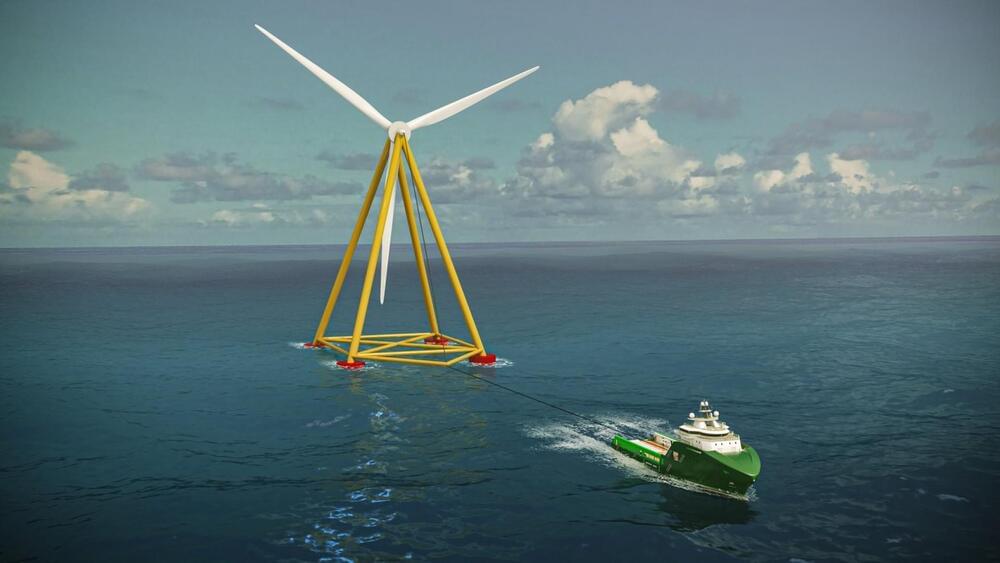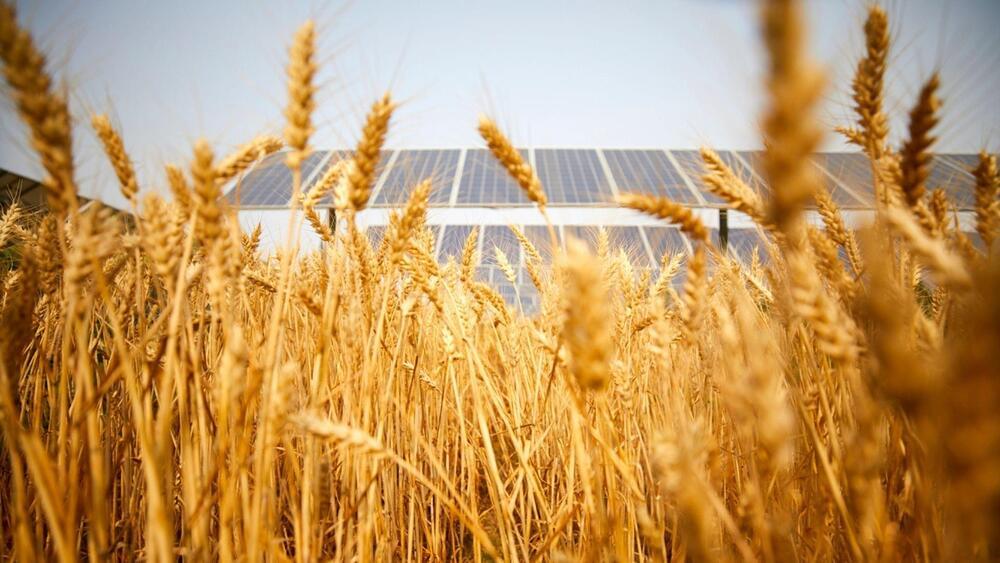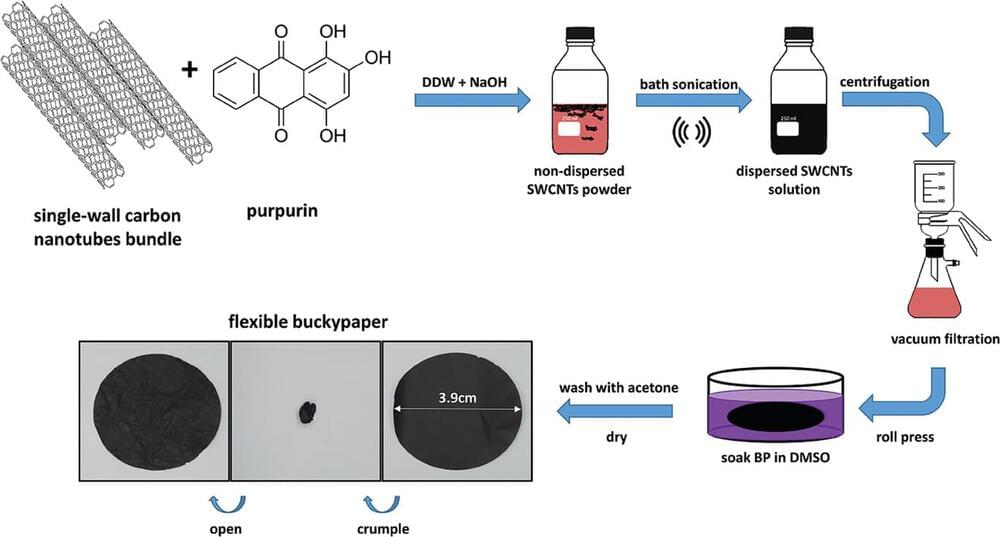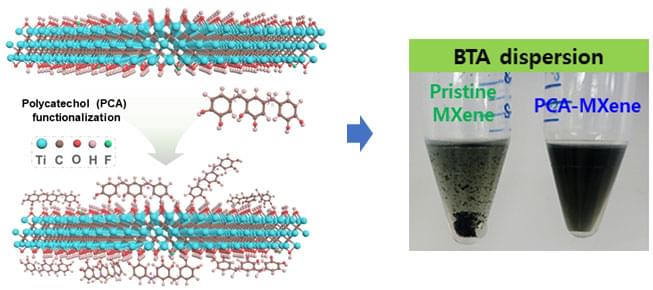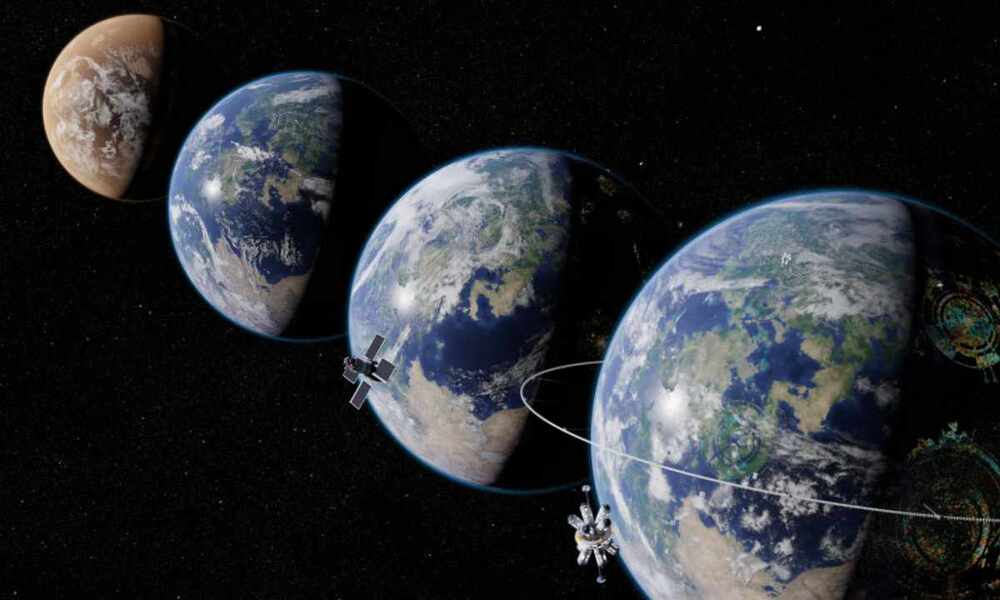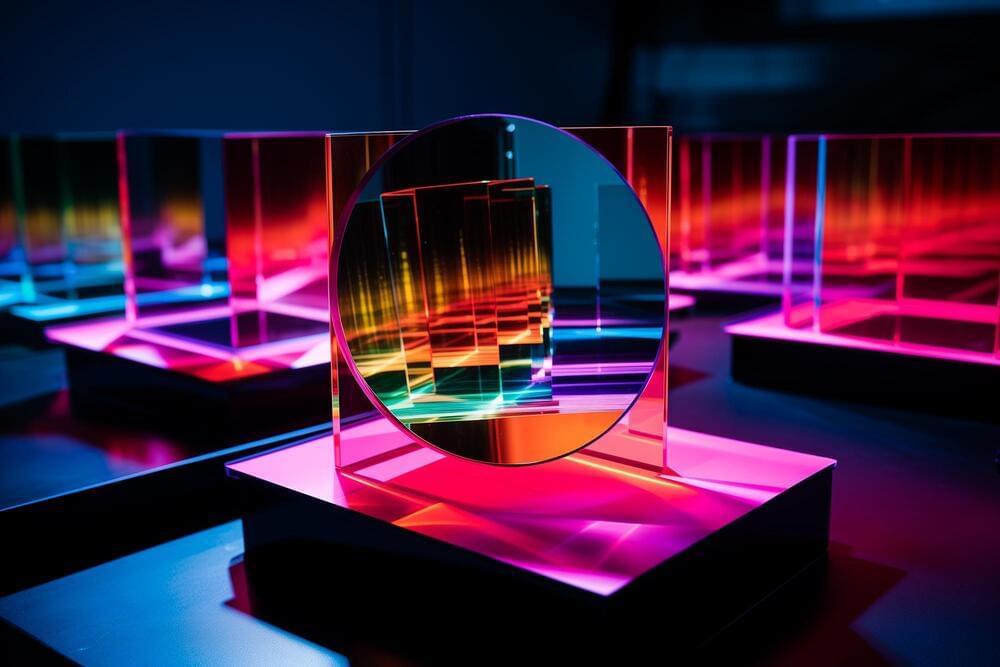This was suggested by Gustave Fechner and other philosophers.
How about planets? Can they have minds? This idea, that planets are also conscious beings, seems to be at the heart of a new theory put forth by astrobiologists. The premise of this thought experiment is that bacteria and plants working together have altered planets like Earth, giving them a new lease on life.
This research, published in the International Journal of Astrobiology, provides a scale by which planets’ intelligence can be evaluated. It’s shocking to consider an extraterrestrial organism intelligent rather than a sentient animal like a human. But in a way, a planet can have a “green mind”; this paradigm suggests novel approaches to coping with climate change, technological upheaval, and other emergencies.
Planetary intelligence was characterised by the researchers as “cognitive activity” and knowledge functioning on a global scale. We understand that the concept of intelligence may be applied to everything from an individual to a community or even the peculiar actions of a virus or mould. For example, fungi’s webs of mycelium beneath the forest floor are its own breath; together, they make up a living system that can detect and adapt to shifting climates. All of Earth’s conditions will be drastically altered by these factors.
